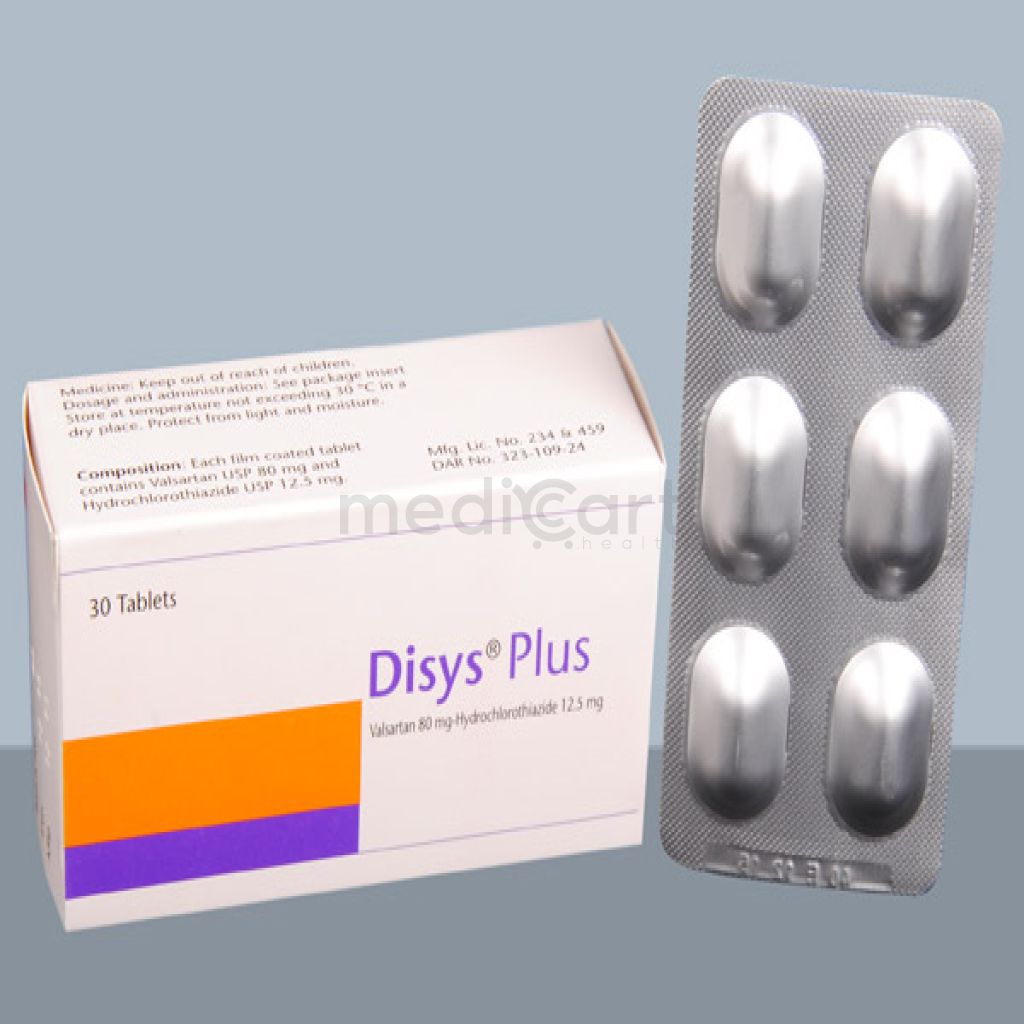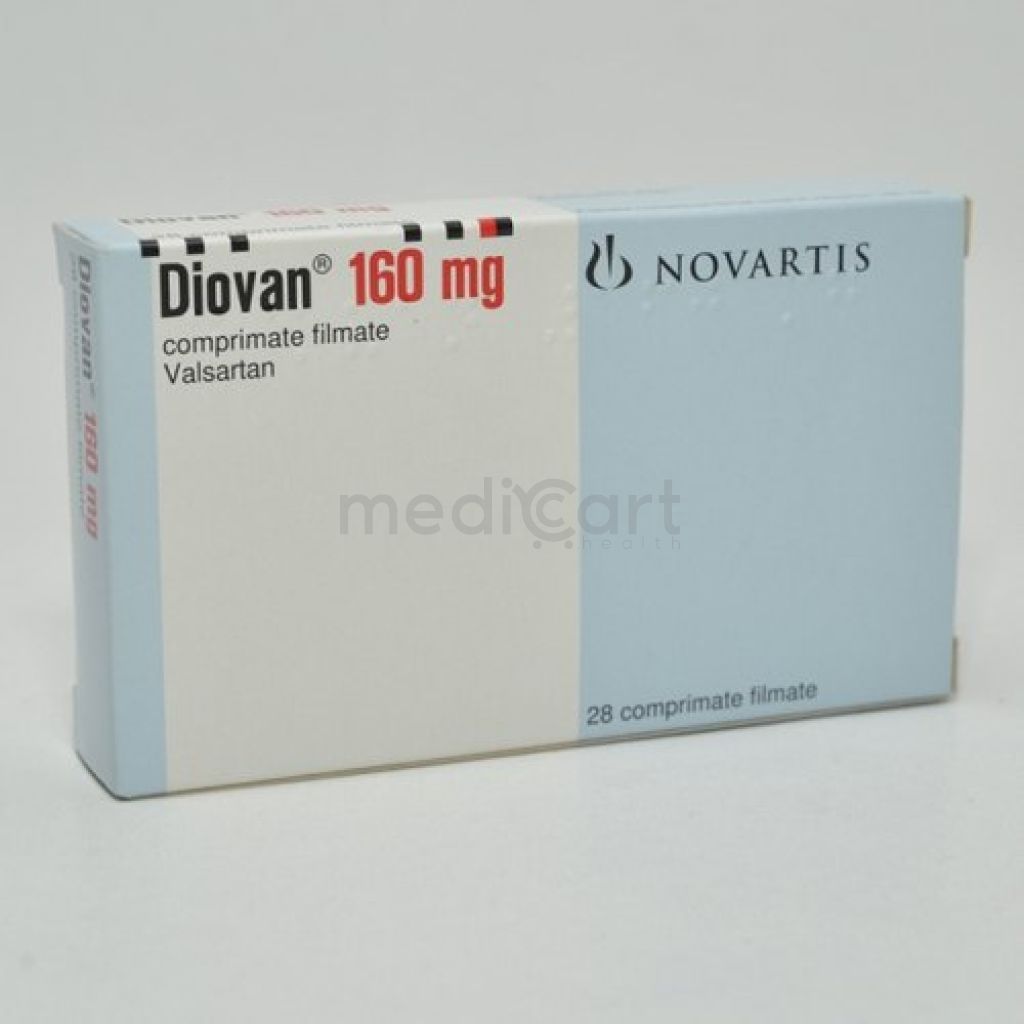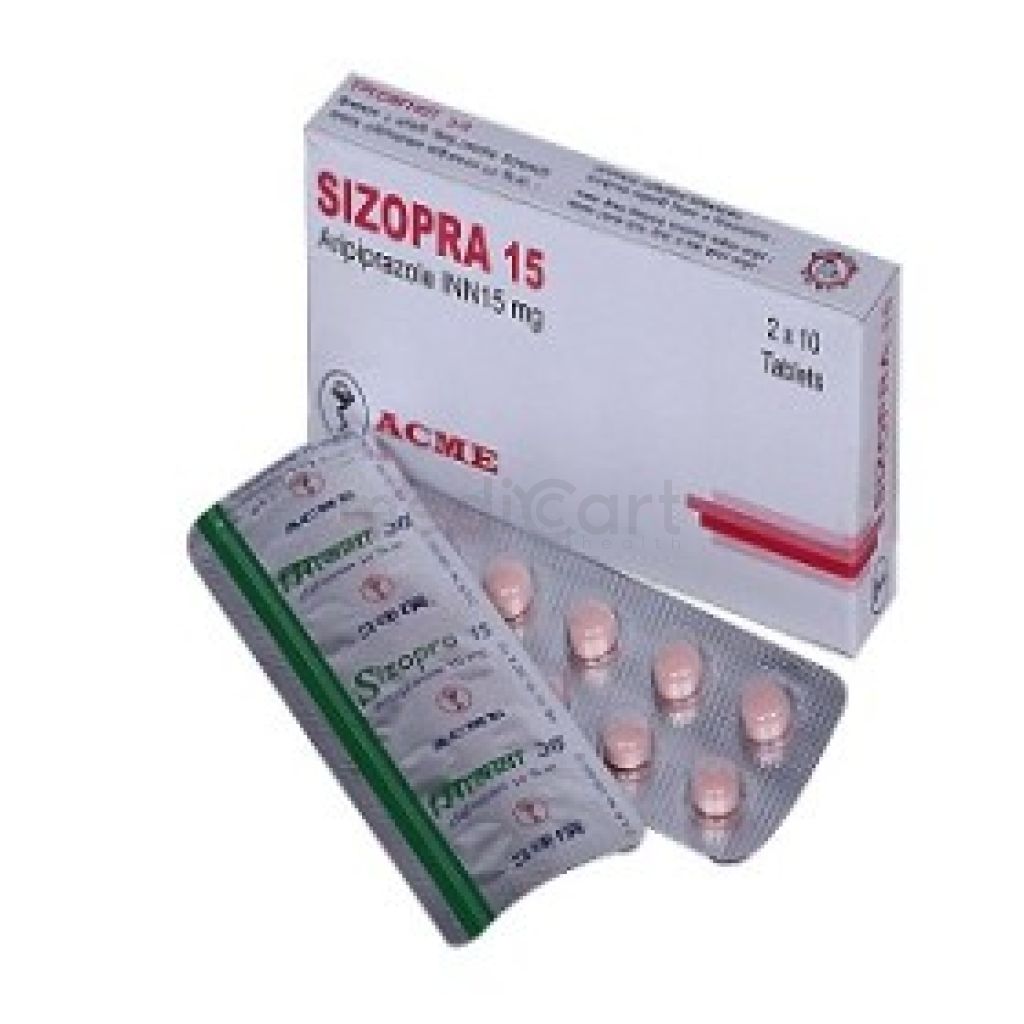

Disys PLUS - 12.5/80mg
Tablet
Pack Size :
6 Tablet x 1 Strip
Generics :
Valsartan
Manufacturer :
Healthcare Pharmaceuticals Ltd.
Best Price *
TK
60.00
* Delivery will be done in Dhaka city only.
Alternative Product
More Information About - Disys PLUS - 12.5/80mg
Description
Generic Name
Hydrochlorothiazide + ValsartanPrecaution
DM, postsympathectomy patients. May exacerbate SLE. Monitor serum potassium regularly. Observe for signs of fluid or electrolyte imbalance. Discontinue before testing for parathyroid function. May affect ability to drive or operate machinery. Elderly. Lactation: Discontinue drug, or do not nurseIndication
Hypertension, Diabetic nephropathyContra Indication
Hypersensitivity to valsartan, hydrochlorothiazide or sulphonamides. Severe hepatic impairment, creatinine clearance <30ml/min, anuria, cirrhosis, biliary obstruction, conditions where there is increased potassium loss (e.g. salt losing nephropathies and pre-renal impairment of kidney function), refractory hypokalaemia, hyponatraemia, hypercalcaemia, hyperuricaemia, history of gout and uric acid stones, untreated Addison's disease. Pregnancy and lactation.Dose
N/ASide Effect
1-10% Valsartan Hyperkalemia (4-10%),Dizziness (2-8%),Hypotension (1-7%),Fatigue (3%) Frequency Not Defined Hydrochlorothiazide Anorexia,Epigastric distress,Hypotension,Orthostatic hypotension,Photosensitivity,Anaphylaxis,Anemia,Confusion,Erythema multiforme,Stevens-Johnson syndrome,Exfoliative dermatitis including toxic epidermal necrolysis,Dizziness,Hypokalemia and/or hypomagnesemia,HyperuricemiaPregnancy Category
Name : Not Classified
Description
FDA has not yet classified the drug into a specified pregnancy category.Mode of Action
Valsartan is an angiotensin II receptor antagonist and reduces blood pressure by blocking the vasoconstrictive and aldosterone-secreting effects of angiotensin II. Hydrochlorothiazide is a thiazide diuretic.Interaction
Increased antihypertensive effect with other antihypertensive drugs. Monitor potassium frequently if used with potassium supplements, potassium-sparing diuretics, salt substitutes containing potassium, or drugs that may affect potassium levels (e.g. heparin, ciclosporin, drospirenone, amphotericin, corticosteroids, carbenoxolone). Reduced antihypertensive effect of valsartan and increased risk of renal impairment with NSAIDs. May reduce renal clearance of cytotoxic drugs (e.g. cyclophosphamide, methotrexate). Increased serum calcium with vitamin D or calcium salts. Potentially Fatal: Increased lithium levels with valsartan, monitor lithium levels. Increased risk of cardiac arrhythmia with dofetilide, avoid use.Pregnancy Category Note
Pregnancy Angiotensin system during second and third trimesters of pregnancy reduces fetal renal function and increases fetal and neonatal morbidity and death; most epidemiologic studies examining fetal abnormalities after exposure to antihypertensive use in the first trimester have not distinguished drugs affecting the renin-angiotensin system from other antihypertensive agents; published reports include cases of anhydramnios and oligohydramnios in pregnant women treated with valsartan; when pregnancy is detected discontinue therapy as soon as possible Hypertension in pregnancy increases maternal risk for pre-eclampsia, gestational diabetes, premature delivery, and delivery complications (eg, need for cesarean section, and post-partum hemorrhage); hypertension increases fetal risk for intrauterine growth restriction and intrauterine death; pregnant women with hypertension should be carefully monitored and managed accordingly Oligohydramnios in pregnant women who use drugs affecting the renin-angiotensin system in the second and third trimesters of pregnancy can result in the following: reduced fetal renal function leading to anuria and renal failure, fetal lung hypoplasia, skeletal deformations, including skull hypoplasia, hypotension and death Valsartan Perform serial ultrasound examinations to assess intra-amniotic environment; fetal testing may be appropriate, based on week of gestation; however, oligohydramnios may not appear until after fetus has sustained irreversible injury; if oligohydramnios is observed, consider alternative drug treatment Closely observe neonates with histories of in utero exposure to drug for hypotension, oliguria, and hyperkalemia; in neonates with a history of in utero exposure to Diovan HCT, if oliguria or hypotension occurs, support blood pressure and renal perfusion; exchange transfusions or dialysis may be required as a means of reversing hypotension and replacing renal function Hydrochlorothiazide Thiazides can cross the placenta, and concentrations reached in the umbilical vein approach those in the maternal plasma; hydrochlorothiazidecan cause placental hypoperfusion; accumulates in the amniotic fluid, with reported concentrations up to 19 times higher than in umbilical vein plasma; use of thiazides during pregnancy is associated with a risk of fetal or neonatal jaundice or thrombocytopenia; since they do not prevent or alter course of EPH (edema, proteinuria, hypertension) gestosis (pre-eclampsia), these drugs should not be used to treat hypertension in pregnant women; use of hydrochlorothiazide for other indications (eg, heart disease) in pregnancy should be avoided Lactation There is limited information regarding presence of drug in human milk, effects on breastfed infant, or on milk production; valsartan is present in rat milk; hydrochlorothiazide is present in human breast milk Valsartan is present in rat milk. Hydrochlorothiazide is present in human breast milk Because of potential for serious adverse reactions in breastfed infants, breastfeeding is not recommended during treatment with this drug combinationAdult Dose
Hypertension 1 tablet/day PO (80-160 mg valsartan/12.5-25 mg hydrochlorothiazide); may be titrated after 1-2 weeks of therapy; not to exceed 320 mg valsartan/25 mg hydrochlorothiazide dailyChild Dose
N/ARenal Dose
Renal impairment: CrCl (ml/min) Dosage Recommendation <30 Not recommended.Administration
N/ADisclaimer
The information provided herein are for informational purposes only and not intended to be a substitute for professional medical advice, diagnosis, or treatment. Please note that this information should not be treated as a replacement for physical medical consultation or advice. Great effort has been placed to provide accurate and comprehensive data. However, Medicart along with its authors and editors make no representations or warranties and specifically disclaim all liability for any medical information provided on the site. The absence of any information and/or warning to any drug shall not be considered and assumed as an implied assurance of the Company.










